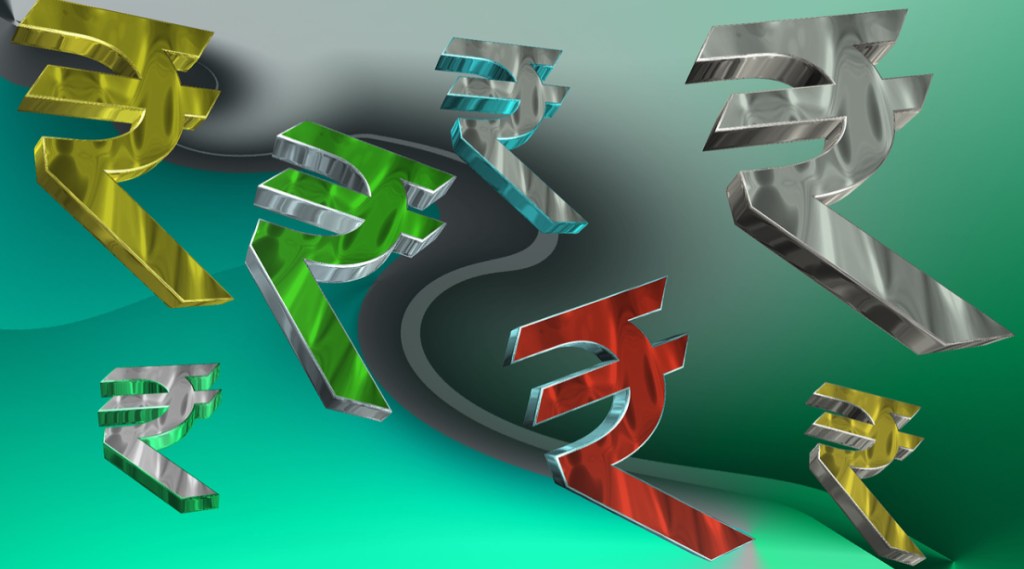The first rollout of digital rupee by the Reserve Bank of India on a pilot basis on Tuesday, November 1st for the wholesale segment concluded with trades in real-time and transactions happening seamlessly. According to sources, Financial Express Online learns that the first pilot apparently saw select banks trade in government securities or Gsecs and it happened smoothly and in real-time. This apparently marks the first step towards unfolding an era of digital currency in the country.
Also Read: Digital Rupee Features, FAQ, Benefits: RBI’s Central Bank Digital Currency (CBDC) pilot starts – What should retail users know?
In little over 270 days since her budget speech Union Finance Minister Nirmala Sitharaman spoke of the government’s intent to “introduce Digital Rupee, using blockchain and other technologies, to be issued by the Reserve Bank of India starting 2022-23,” the RBI rolled out its first pilot of the digital rupee on November 1st. This was with nine banks and in the wholesale segment and by mid-November plans for a pilot in the retail segment.
In her February 1st speech, the finance minister stated that the “introduction of Central Bank Digital Currency (CBDC) will give a big boost to digital economy. Digital currency will also lead to a more efficient and cheaper currency management system.”
While all may want to watch how it pans out and what net benefits accrue from this, the question most seem to have is how different would this be from the digital transactions that most people anyway do currently almost on a daily basis? What additional gains are possible by a CBDC and what to watch out for now?
Very loosely, the digital rupee is different from the rupee transacted online today in its birth and traceability. The digital rupee it is completely digitised product- right from its creation. It’s birth is digital unlike in an online transaction where it is still backed by printed currency notes, which could be withdrawn as cash and taken out of the banking system also. With a CBDC, there is an apparent additional traceability and the transparency that comes with it.
Also Read: Digital rupee: A new chapter in digital payments
In fact, most experts tend to suggest that we look to the ‘Project Bakong,’ the digital currency rolled out by the National Bank of Cambodia along with Japanese technology company Soramitsu using a blockchain framework -a technology that finance minister Sitharaman also referred to. Bakong, the digital currency, is named after an ancient Khmer temple in Cambodia. In a paper written out by Makoto Takemiya, the Co-founder and CEO, Soramitsu, and put out by the World Economic Forum, there were some clear benefits that the Project Baking pointed to and included: Cost reduction and user inclusivity are the most important benefits of this system. By being able to unify the banking processes under Bakong, the costs and fees associated with interbank transactions were reduced to a minimum and transactions by end users rendered free. It also says, “As long as banks and financial services continue to carry out their due diligence through the implementation of ‘know your customer’ (KYC) and other security measures, financial crimes can be avoided.” Apparently, because there is an inescapable “permanent digital record of all transactions” it ends up making the payment system “unsuited for criminal activity.” So, as the RBI gets to run the two pilots what do all need to watch out for? These include answers to what are the intended benefits that the central bank is looking for? Is it just for the sake of testing out a technology? How does it intend to capture the benefits? What tangible outcomes are expected? As in: is the expectation that there will be reduced documentation charges, how simplified does the process get? How does it improve administration? Does it really streamline and simplify reporting? In the retail segment, the questions that some of the experts hope, will find answers include those around the use cases, the adoption levels, how is the CBDC maintained? Is there for instance, an option to take it in physical form? How does it get fungible? The extent to which it adds to the convenience? How does it help in the financial inclusion story? If for example in the direct bank transfer, a bank is reluctant to open an account, how this gets done through the central bank directly? Many, it appears, would be looking to finding answers to these and more in the days and months ahead.

